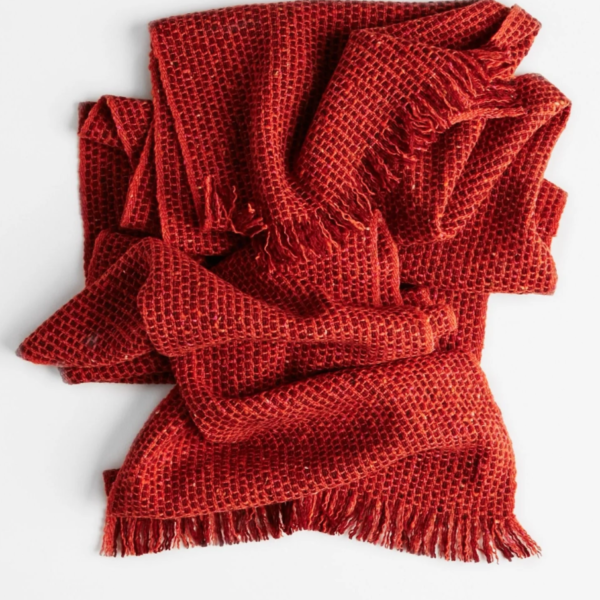Artist Bio
Scott Benefield received his MFA from Ohio State University in 1990 and operated glassblowing studios in the US until relocating to the UK in 2009. He has been a Fellow at the Creative Glass Center of America and an artist-in-residence at the Toledo Museum of Art, the National College of Art & Design (Dublin), North Lands Creative Glass, Vrij Glas, Pittsburgh Glass Center, the Corning Museum of Glass and the Tacoma Museum of Glass. He has taught workshops in Italian cane techniques at the Corning Museum of Glass, Penland School of Crafts, the Pilchuck Glass School, Haystack Mountain School of Crafts, UrbanGlass, the National College of Art and Design, the Glass Furnace, Bildwerk and was a visiting scholar at Osaka University of the Arts in 2009. In 2011 he was given the Lifetime Membership Award from the Glass Art Society and in 2013 was a Queen Elizabeth Scholarship Trust (QEST) recipient. In 2015 he received the Rosemary James Memorial Award from the Arts Council of Northern Ireland. His work is held in several public and private collections, including the Tacoma Museum of Glass, the National Glass Centre, the Arts Council of Northern Ireland, North Lands Creative Glass and the Sir Elton John Collection.




